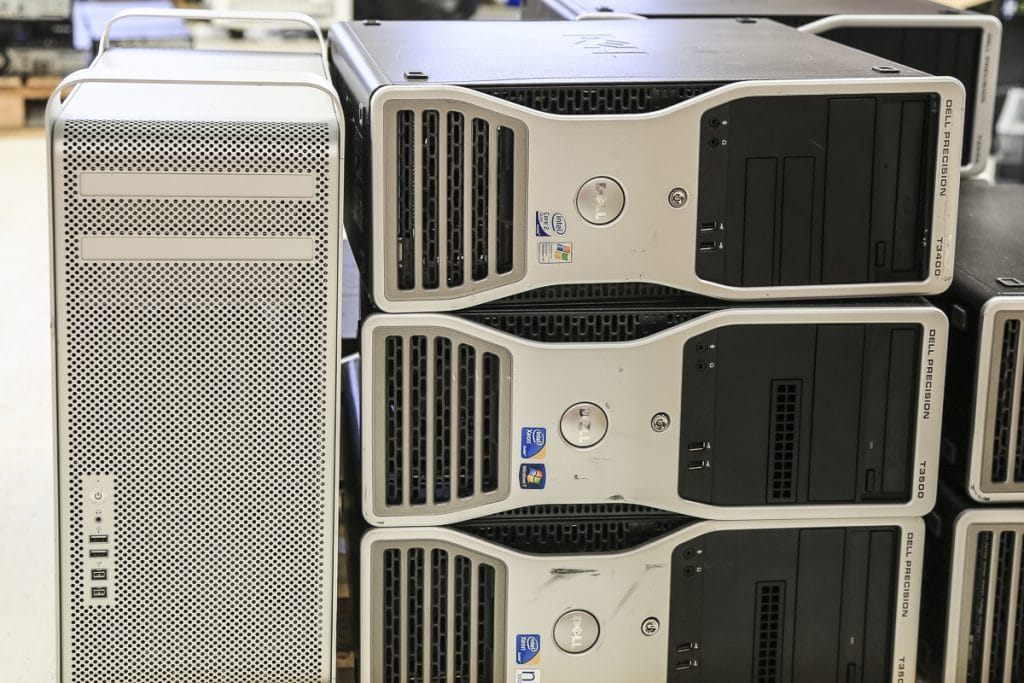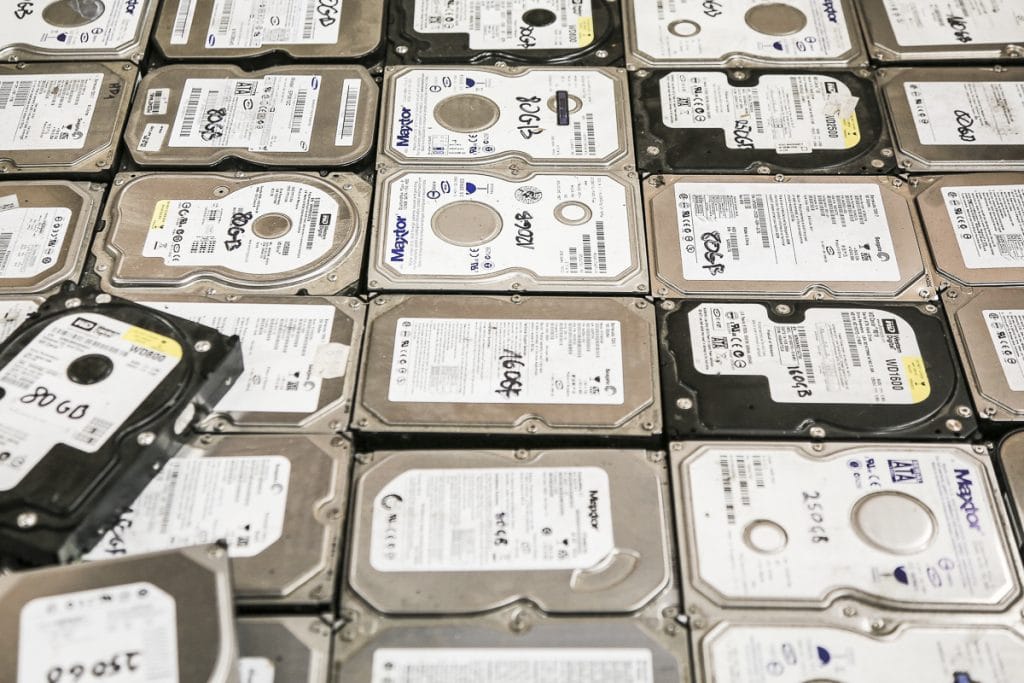Bunting at IERC 2020
By Paul Fears | 13 January 2020
Bunting is exhibiting at the 19th International Electronics Recycling Congress (IERC) in Salzberg, Austria (21-24 January 2020). At the congress, the Bunting team will be helping electronics waste recycling companies introduce and improve metal separation in terms of recovery and purity.

IERC 2020 is the electronics recycling industry’s leading event, bringing together recycling professionals from around the globe including recyclers, technology and equipment providers, associations, NGOs, regulators, and standardisation bodies. Experts will discuss the latest recycling technologies, regulations, manufacturing processes and value of raw materials.
Waste Electrical & Electronic Equipment (WEEE) EU Targets
The latest European Commission targets for managing WEEE came into effect in 2019. This stated a collection target of 65% of equipment sold , or 85% of WEEE generated. The latest data was updated in May 2019 (with a planned update in February 2020) and relates to 2016. The figures show a startling variation in the collection of WEEE across Europe. The data shows that, in kgs collected per inhabitant, Sweden and the UK are the best performers with 16.4 and 14.8 respectively. The poorest performers are Romania and Latvia with 1.6 and 2.5 respectively.
Despite the UK’s high performance, WEEE collections have fallen short of targets between 2015 and 2018 and was not expected to reach the 65% threshold of 550,132 tonnes in 2019.
Technology
Once collected, the WEEE materials need to be broken up and separated into constituent components for reuse, recycling or disposal. Bunting specialises in metal separation technology including:
Eddy Current Separators – these are used widely to recover or remove non-ferrous metals. The separator has evolved and now has a number of different models, including one that separates very small non-ferrous metallic particles.
High strength Magnetic Separators – Magnetic Separators using strong Rare Earth Magnets enable the recovery of small ferrous metals. These are either suspended over conveyors o in the form of a Drum or Pulley.
Stainless-Steel Magnetic Separator – Once passed through a fragmentiser or shredder, stainless-steel becomes work-hardened. This gives the metal a weak magnetic property. The ultra-strong magnetic field of the Stainless-Steel Magnetic Separator is able to attract and separate such metal from non-magnetic materials.
Rare Earth Magnet Recovery
In October 2019, Bunting announced their involvement in the European Union (EU)-funded SUSMAGPRO project. The four-year project focuses on the sustainable recovery, re-processing, and reuse of rare-earth magnets from WEEE. With global expertise on magnets and magnetic assemblies, Bunting is one of several project partners.

Rare-earth magnets are widely used in many high-tech industries including electronics, automotive, aerospace, e-mobility, wind power generation, and consumer goods. The vast majority of rare-earth reserves are located in China and between 2,000 and 3,000 tonnes of rare-earth-elements (REE) are imported into Europe annually. Presently, less than 1% of the imported REE are recycled.
The Future
“The present focus of the European Commission targets is collection,” said Adrian Coleman, the General Manager of Bunting-Redditch, “but this is pointless unless you have the technology and processes in place to enable successful recycling of all the different components including the metals and the magnets.”
“At IERC we get to meet and talk with leading organisations and experts. It is a chance to share ideas and identify the problems facing WEEE processors. If the problem is separating metal, then we [Bunting] will go away with the aim of designing a solution.”
For additional information on equipment used to separate and recover metals, please contact us on:
Email: press@buntingeurope.com
Telephone: +44 (0) 1527 65858
Photographs taken by Paul Fears Photography
Follow us on social media




